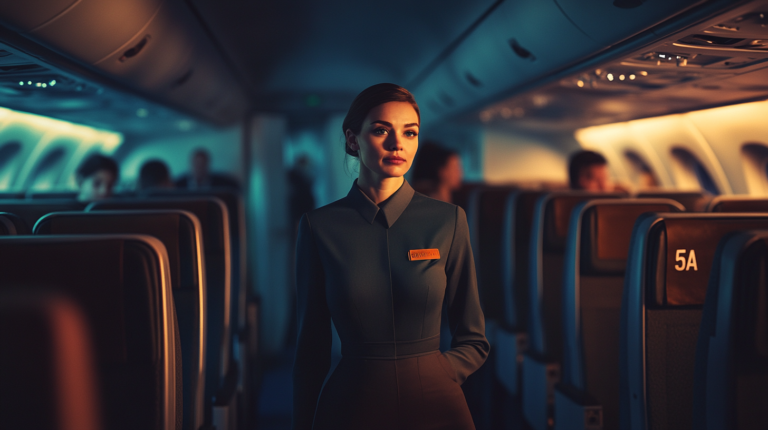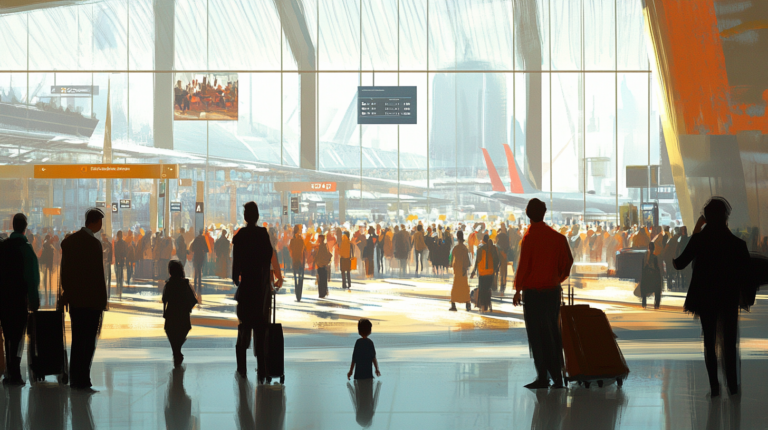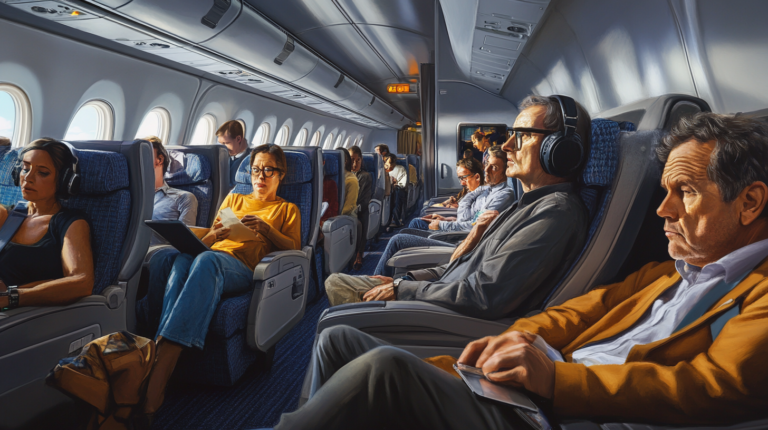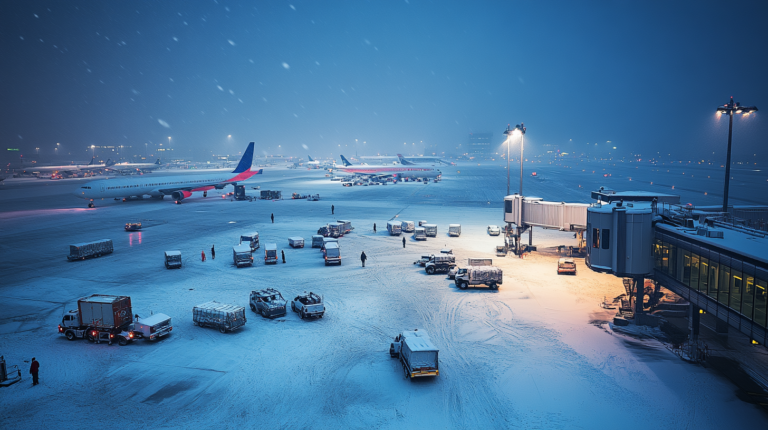The Frequent Flyer’s Ultimate Work Travel Essentials
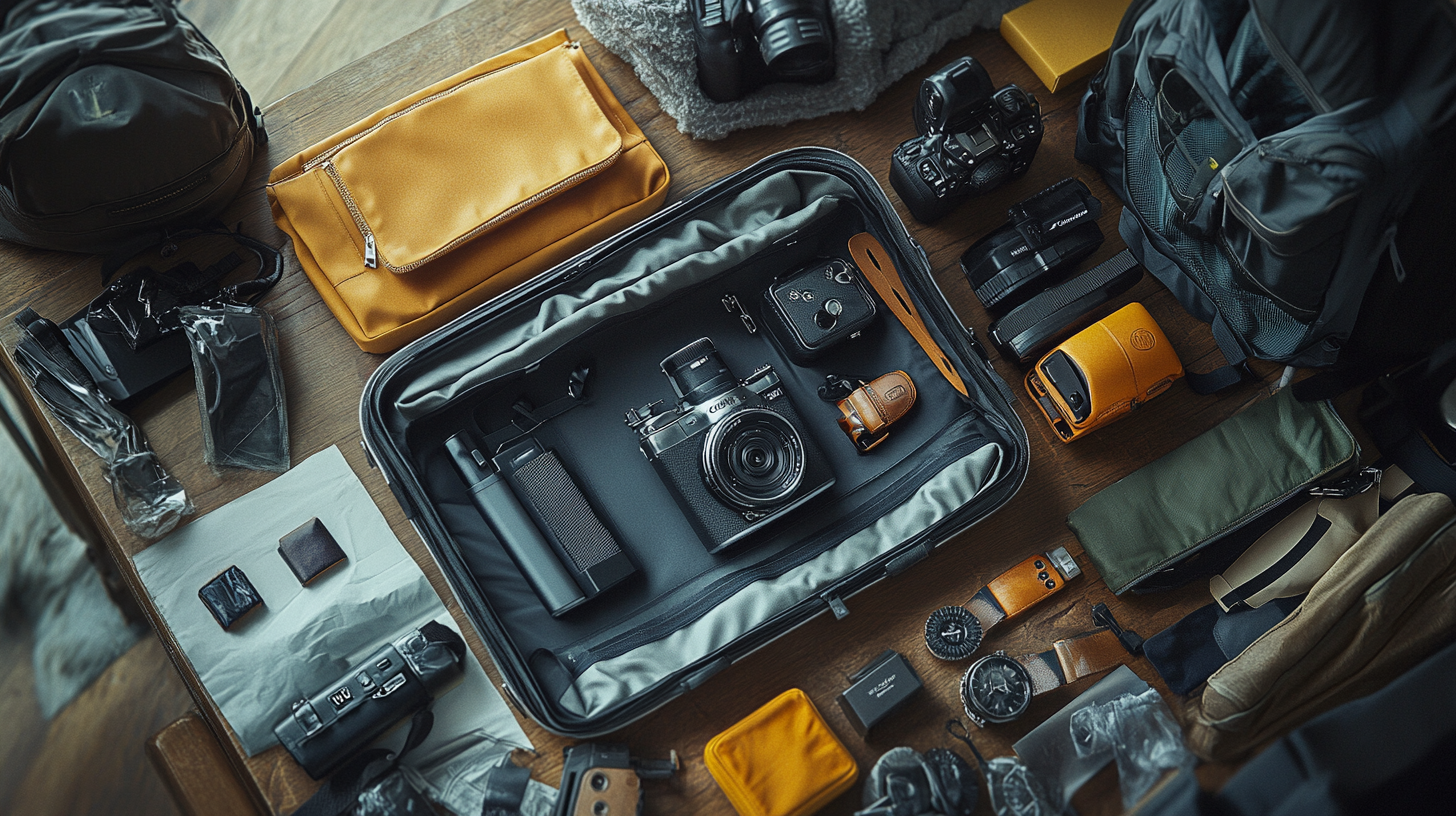
1. Choose Lightweight, Organized Luggage
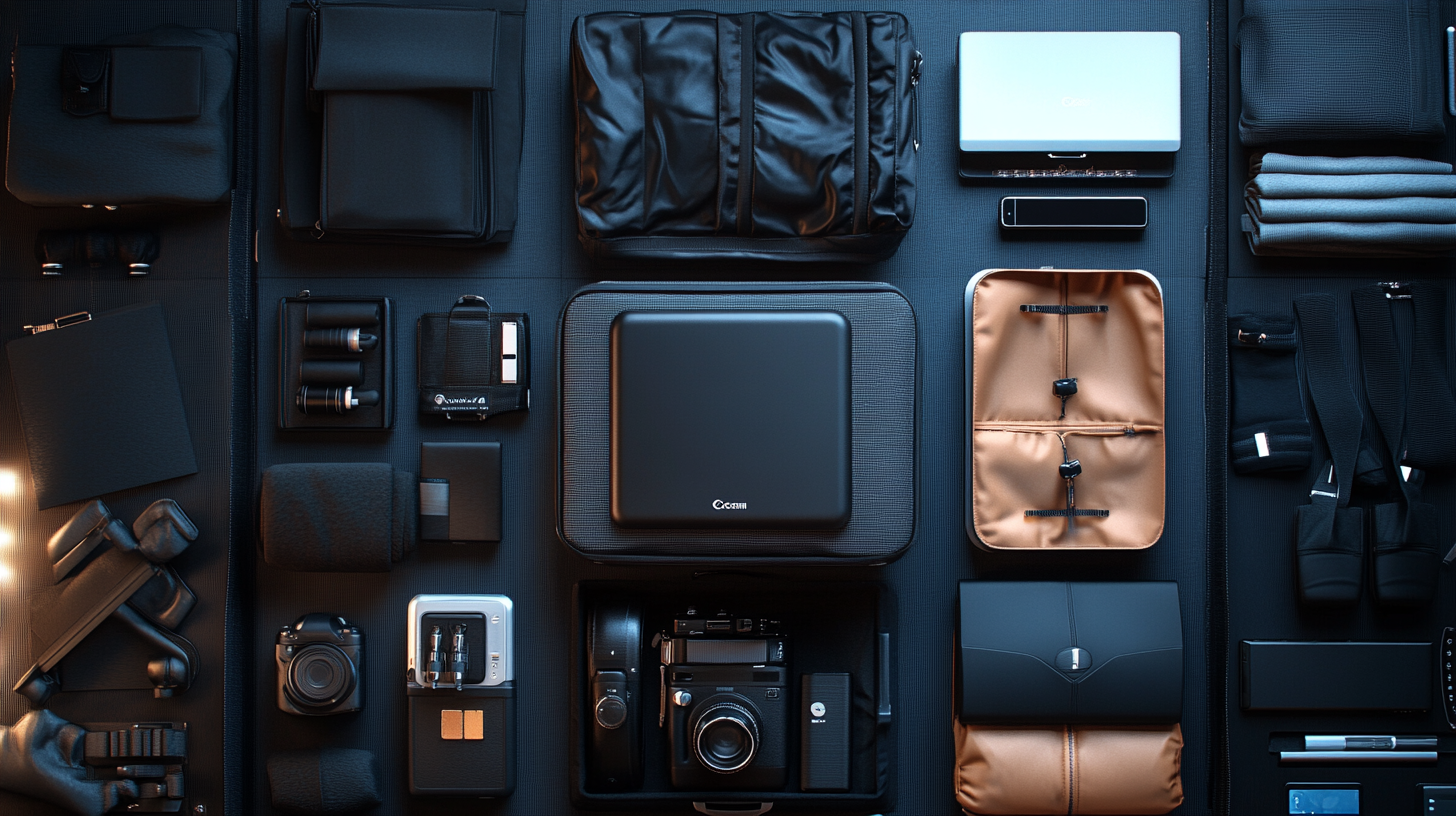
I’ve often noticed that the right luggage can make or break a trip. According to the Global Business Travel Association, worldwide business travel spending could reach $1.8 trillion by 2027, which means travel efficiency strategies are in high demand. I’ve seen travelers struggle when their bags grew too heavy or had no dedicated compartments, slowing them down at security checkpoints. By picking a lightweight underseat carry-on or a sturdy backpack with padded sleeves, I can whisk my laptop and travel documents out at a moment’s notice, ensuring a breeze through screenings.
Beyond simple convenience, investing in smart organizational tools—like packing cubes and foldable totes—helps keep clothes wrinkle-free, electronics secure, and accessories easy to find. I personally rely on compartmentalized luggage to separate my work gear from casual items. This way, I don’t spend time rummaging in the overhead bin. And a digital luggage scale? It’s saved me from overweight fees more times than I can count.
One insider tip I picked up from travelers around the globe is to pack a collapsible daypack. It’s great to have a smaller bag ready for quick business lunches or city strolls without hauling all your belongings. I also use compression packing sacks for bulkier items like jackets, so my bag always fits under the seat or overhead space.
2. Pack Versatile Attire

When I’m gearing up for meetings that roll into evening events, versatile ensembles become my go-to. A 2024 industry analysis from the Office of Travel & Tourism Industries highlighted that many travelers gravitate toward multi-purpose clothing, such as wrinkle-resistant suits that can look sharp in a conference room and adapt to a more laid-back gathering afterward. I recall once stepping off a plane wearing a blazer paired with comfortable jeans, giving me a polished yet relaxed look for both professional and social settings.
Wearing heavier items like dress shoes and layers during the flight not only frees up precious luggage space but also makes going through security a little simpler. I’ve observed fellow passengers stashing lighter shoes and accessories in their carry-ons, while donning bulky coats so they don’t eat into the bag’s weight limit. With this approach, you can quickly adapt to changing weather or formalities once you land.
If there’s one lesson I’ve learned, it’s to pack clothes that play multiple roles. Button-up shirts or blouses that pair well with both slacks and jeans save me from bringing extra outfits. It’s also smart to bring along a compact travel steamer or wrinkle-release spray—nothing says polished like a crisp look straight out of the suitcase.
3. Keep Tech and Gadgets in Check
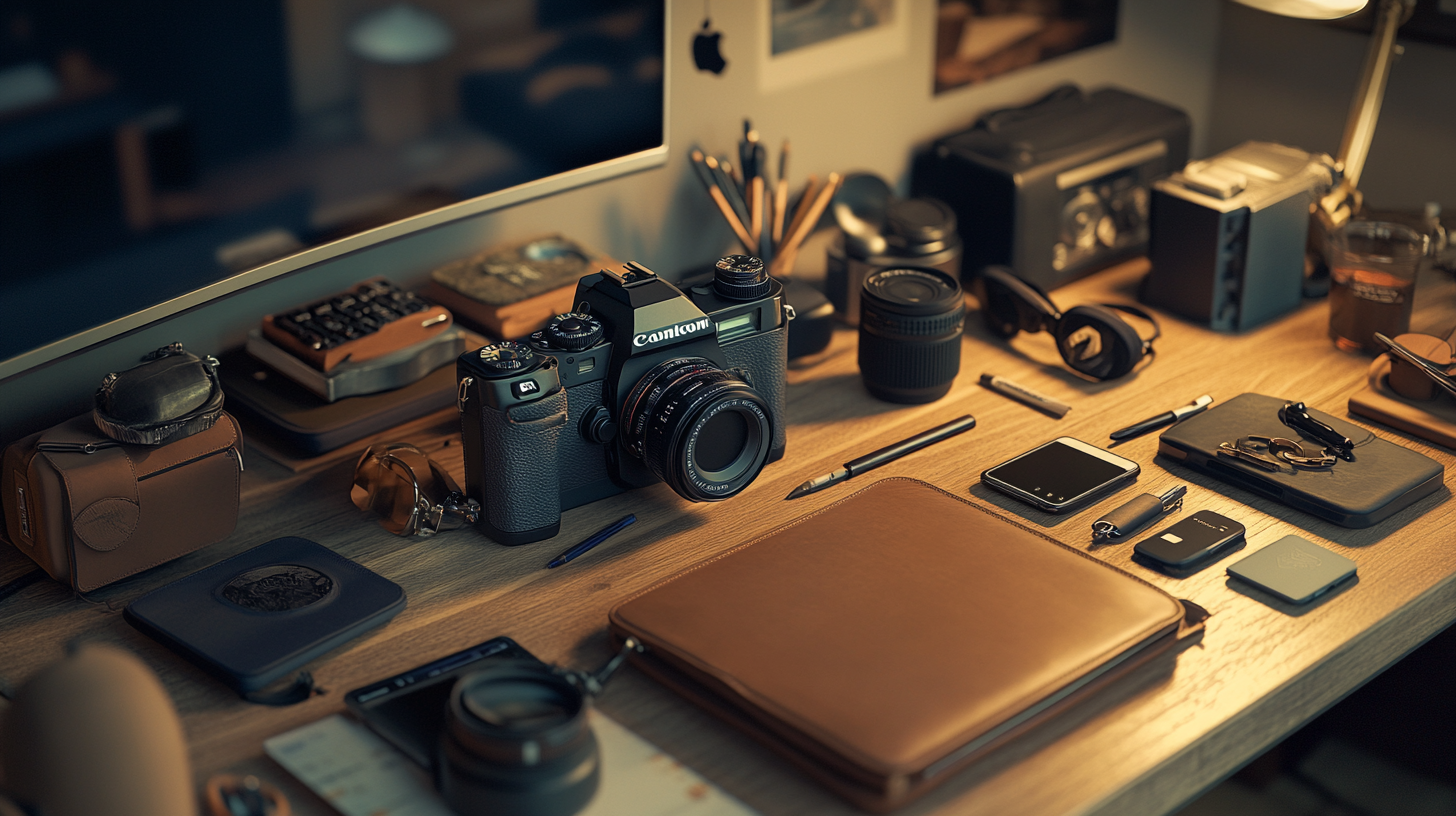
My laptop, phone, and various chargers are essential tools, so safeguarding them on the road is a top priority. I keep all cords in a dedicated organizer—an approach many travelers say reduces lost-cable panic. Privacy screens are another staple I’ve come to appreciate, especially on flights where I may need to review sensitive business documents. According to a 2024 cybersecurity briefing, nearly 70% of travelers admit to having their screens hovered over by nearby passengers. Having a privacy filter keeps unwanted eyes away.
Power banks and multi-port USB chargers help maintain productivity in airports, hotel lounges, or even during layovers. I never leave home without a universal travel adapter, ensuring my devices work seamlessly from Tokyo to Toronto. Recently, I started using portable hotspots because reliable internet can be a lifeline when you’re racing to send an important email in transit or need quick access to collaboration tools.
Anti-theft accessories, such as small crossbody bags with hidden zippers, provide added peace of mind for overseas trips. And I’d be lost without extra USB flash drives for those times I need to share large files or back up important data. In my experience, investing in the right tech gear ensures fewer headaches and more time to focus on the journey ahead.
4. Organize Documents and Essentials
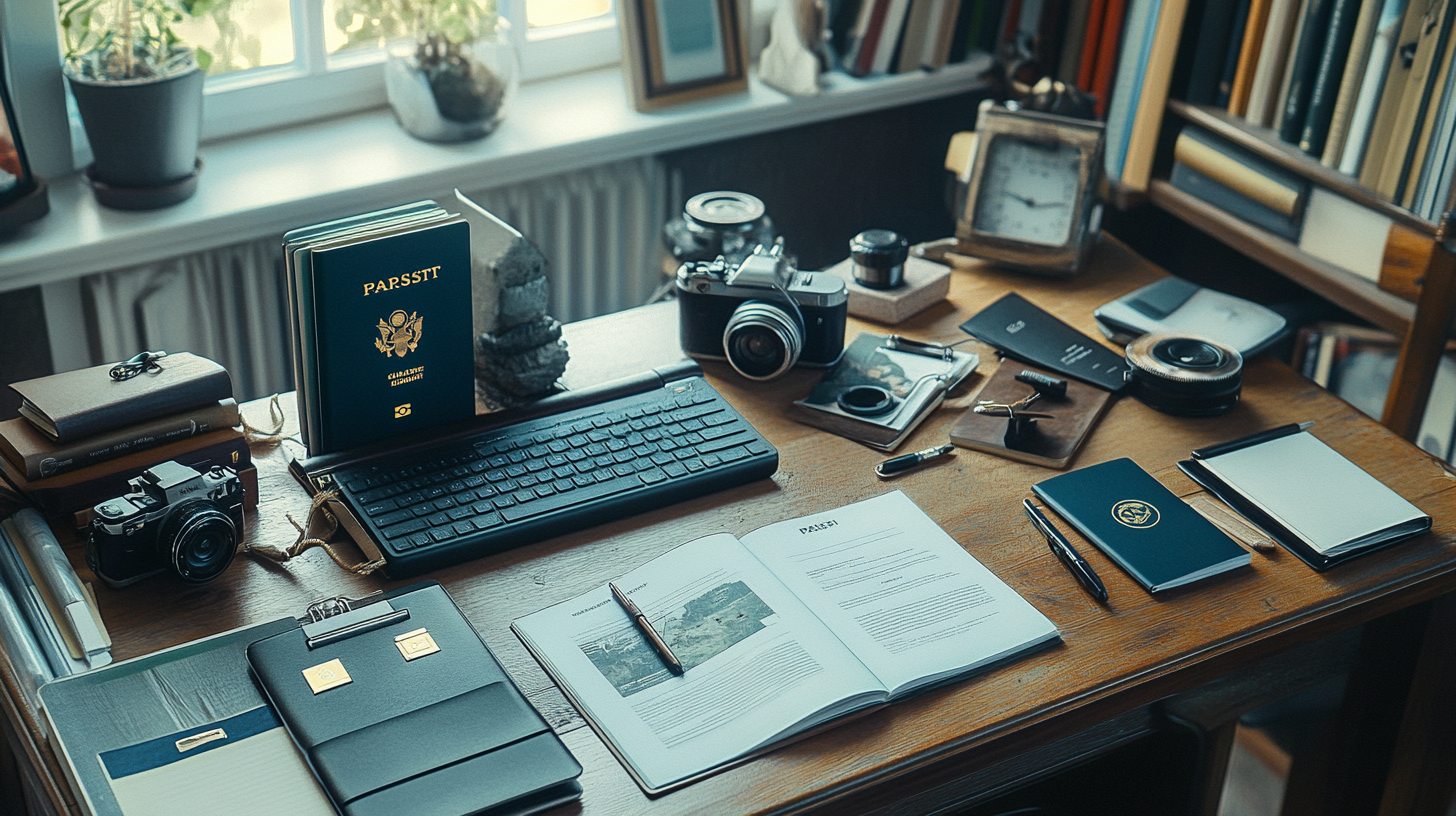
I learned early on that having travel documents accessible can streamline every stage of a trip. Keeping boarding passes, IDs, visas, and hotel information in one labeled pouch means I don’t have to rummage through pockets under pressure. Many seasoned flyers recommend scanning or photographing key documents for quick digital backup. It’s a small step, but it can turn a potential meltdown at the airport into a non-issue.
In my own travels, I’ve started leaving a standard “go bag” of toiletries—slim containers of shampoo, face wash, and even a small umbrella—ready for any last-minute work trip. It’s also helpful to have a separate laundry bag or breathable pouch to keep used clothes from mixing with the clean. According to industry data, travelers who set up these systems in advance report up to 20% shorter packing times.
On top of that, planning transportation and lounge access ahead of time can give you a welcome respite from busy terminals. I’ve also adopted eSIM technology, which lets me switch mobile plans with minimal hassle—ideal when you land in a different country and need to stay connected without hunting for a physical SIM card. It helps me remain flexible, prepared, and ready to dive right into the day’s work.
5. Embrace Efficiency and Comfort
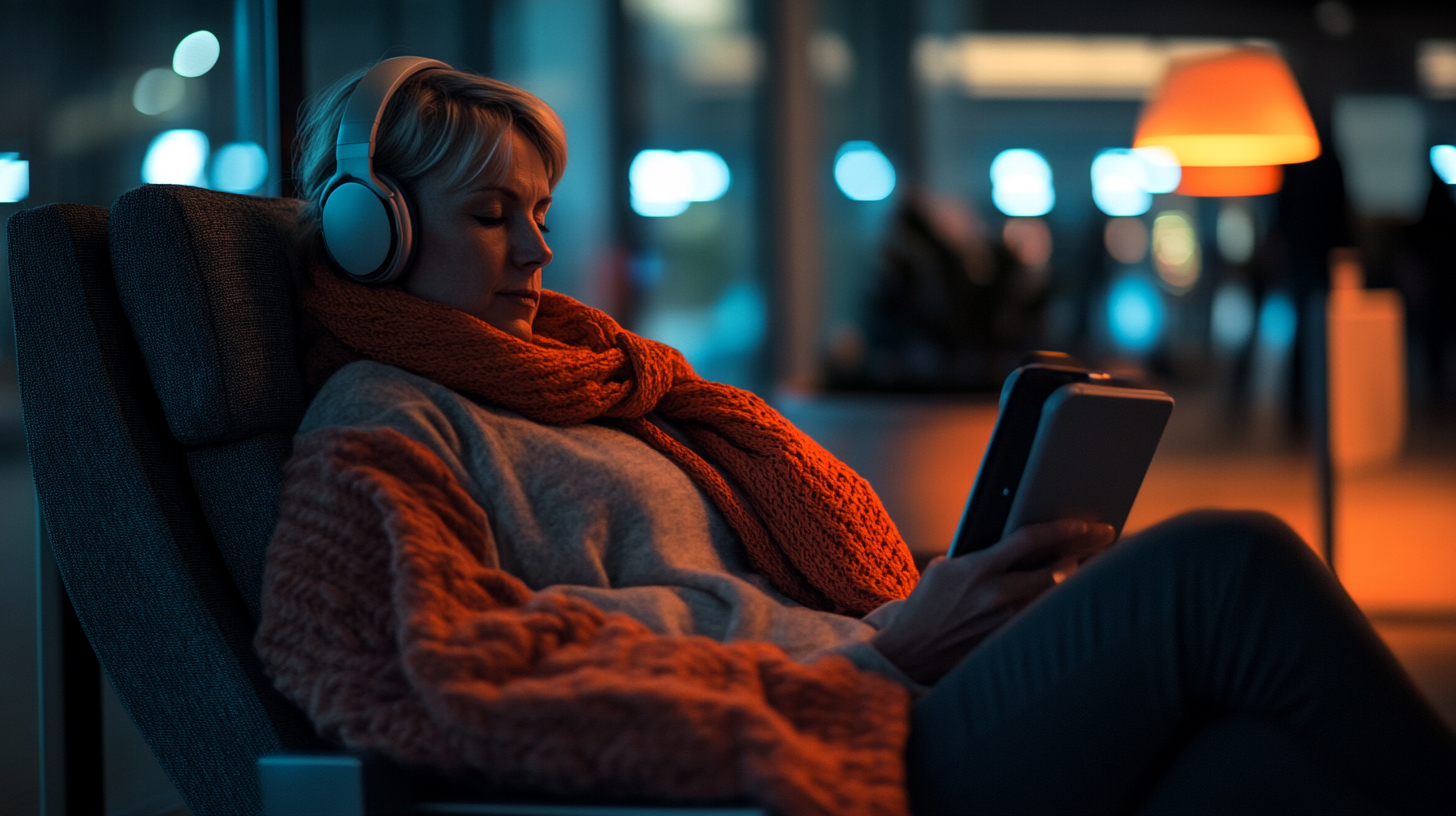
One thing that never fails is pre-confirming all the details—travel reservations, hotel check-in, and even those loyalty programs. I find that being proactive with such tasks pays off, especially in an era where business itineraries quickly fill to the brim. I keep hearing from frequent flyers who praise properties like WoodSpring Suites for offering extended-stay amenities that make life simpler on longer work trips.
Comfort might not seem like a priority, but spending countless hours in the air can wear you down if you’re not prepared. Noise-canceling headphones are a game-changer when I want to focus or grab a quick rest. Compression socks help stave off discomfort on long-haul flights, while an eye mask has saved me from bright cabin lights more times than I can count.
An efficient packing technique—like rolling clothes instead of folding or loading heavier items near the wheels—helps me manage my luggage with minimal fuss. By boarding with my bulkier jacket and shoes on, I free up bag space and step off the plane ready for whatever the day holds. These small optimizations accumulate into a smoother trip, letting me appreciate the view from a well-chosen seat without the stress of a disorganized journey.
Final Thoughts
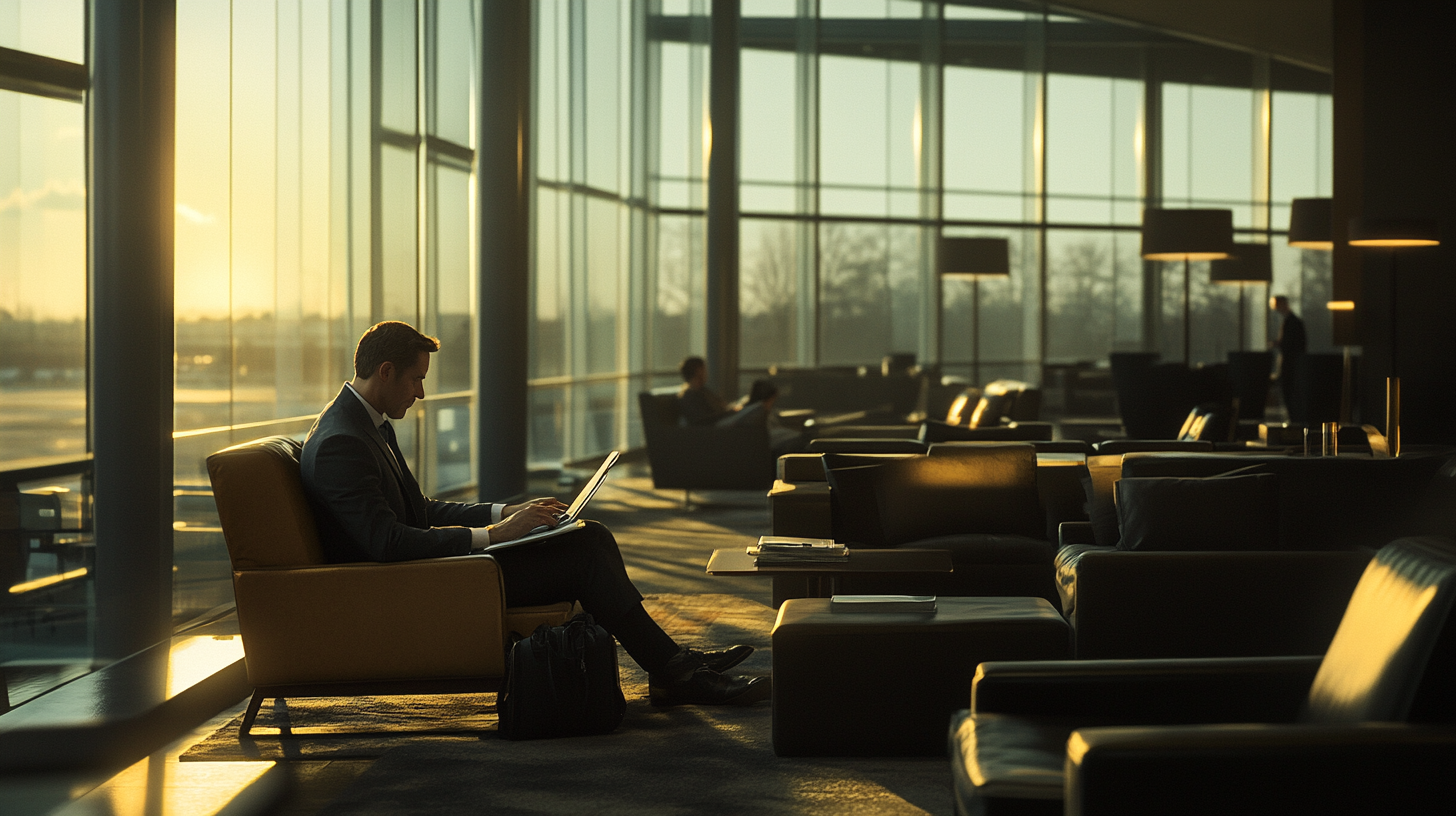
Putting together the ultimate work travel kit involves balancing practicality, comfort, and security. With business travel showing no signs of slowing down, it helps to refine your approach each time to maintain productivity on the go. By investing in dependable luggage, versatile attire, the right tech, and well-structured documents, you’ll be able to navigate airports and boardrooms with ease.
I’ve found that the difference between a stressful trip and a seamless one often comes down to a few well-honed strategies. Building a solid toolkit—like having a travel umbrella at the ready or ensuring your power banks are always charged—can save you from last-minute scrambles. A little forethought goes a long way.
Ryder’s Take
Sometimes, the biggest win comes from paying attention to where you’re seated. Turning a window seat into your personal focus zone or making a quick dash off the plane from an aisle seat can set the tone for the entire journey. I’ve found that noticing these small details is half the fun, and can lead to smoother work trips overall.
If there’s one parting thought, it’s to savor the experience. Even when traveling for business, there’s always a new insight to glean from the flight or the destination. Enjoying the view shouldn’t be reserved for vacations alone.

